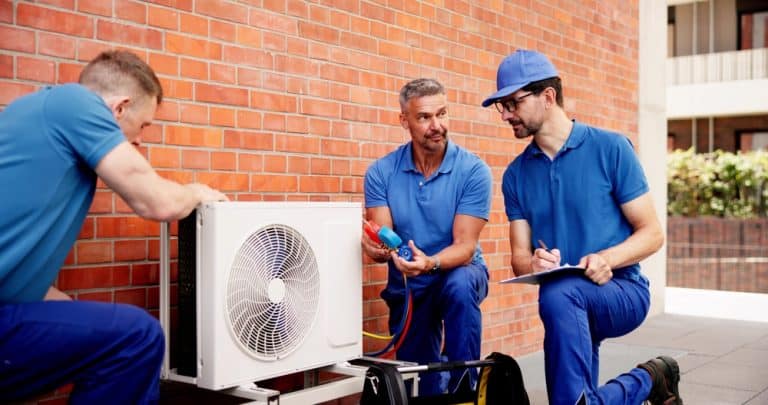Maintaining Your HVAC System for Optimal Performance

Have you ever woken up in the middle of winter shivering under your blankets, or noticed your thermostat rising during a blistering heatwave without the comforting sound of your air conditioner kicking on? Such situations indicate that your heating, ventilation, and air conditioning (HVAC) system may be malfunctioning, often at the least convenient times.
To prevent these frustrating breakdowns, it’s essential to maintain your HVAC system properly. Regular maintenance not only helps ensure reliable operation during peak seasons but also minimizes your chances of experiencing a failure when you need climate control the most. Here’s how to keep your system running smoothly.
Schedule Regular Professional Maintenance

To safeguard against breakdowns, schedule professional HVAC maintenance before the peak seasons:
- Heating Systems: Have your heating system serviced in late summer or early fall. Many HVAC contractors offer priority scheduling for regular customers starting mid-summer.
- Cooling Systems: Arrange for an HVAC technician to inspect your air conditioning system early in the spring, ideally after temperatures reach 65°F.
During a typical maintenance call, a technician will perform various checks and services, including:
- Tightening electrical connections.
- Examining the condition of hoses and belts.
- Lubricating moving parts.
- Evaluating control settings.
For cooling systems, the technician will clean the evaporator and condenser coils, check fan components, assess refrigerant levels, and inspect ductwork and gas lines for leaks. For heating systems, they will check fuel connections, change filters, and inspect combustion systems and heat exchangers.
DIY Maintenance Tasks

In addition to professional care, there are several maintenance tasks homeowners can perform to keep their HVAC systems in top shape:
Change Filters Regularly: Replace filters every three months for a forced-air system that includes both heating and cooling. If you have separate systems, change them every three months during their respective seasons. Check your owner’s manual for specific instructions and filter types.
Clear Vents and Heating/Cooling Sources: Ensure that vents, baseboard heaters, and radiators are not blocked by furniture or other obstructions. Blocked vents force the system to work harder, decreasing efficiency and increasing energy costs.
Maintain the Outdoor Unit: For air conditioning systems with an outdoor component, clear away leaves and debris from the top of the unit. Maintain a clearance of 2 to 3 feet around the unit to allow for proper airflow.
Repair vs. Replace: Making the Right Choice

If your HVAC system breaks down, you may face the decision to repair or replace it. Here are some considerations for each option:
Age of the System: If your system is between 8 to 15 years old, it may be more economical to replace it. Older equipment often lacks the efficiency of modern models. For example, furnaces with an annual fuel utilization efficiency (AFUE) rating below 70% waste significant energy, while newer models can exceed 98% AFUE. Similarly, older air conditioners with a seasonal energy efficiency ratio (SEER) as low as 8 or 10 can be replaced with units boasting up to 25 SEER, significantly reducing cooling costs.
Frequency of Repairs: If you find yourself frequently calling an HVAC contractor for repairs, it might be time to consider replacement. Consistent minor repairs can add up, and major repairs like replacing a compressor or blower motor could indicate a failing system.
Energy Costs and Comfort: If energy bills are rising while your home remains uncomfortably hot or cold, the issue may stem from inadequate insulation, leaky ducts, or an improperly sized system.